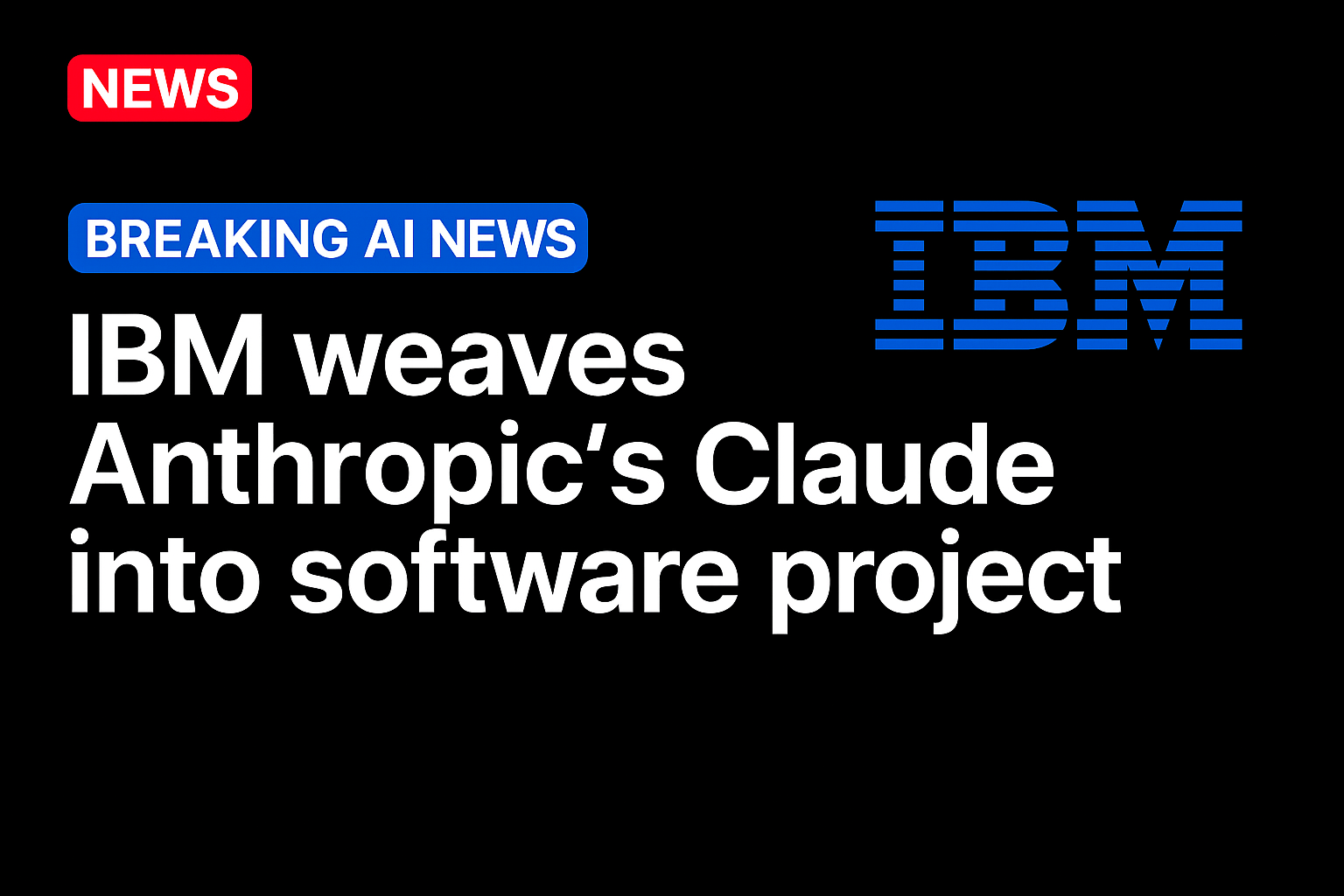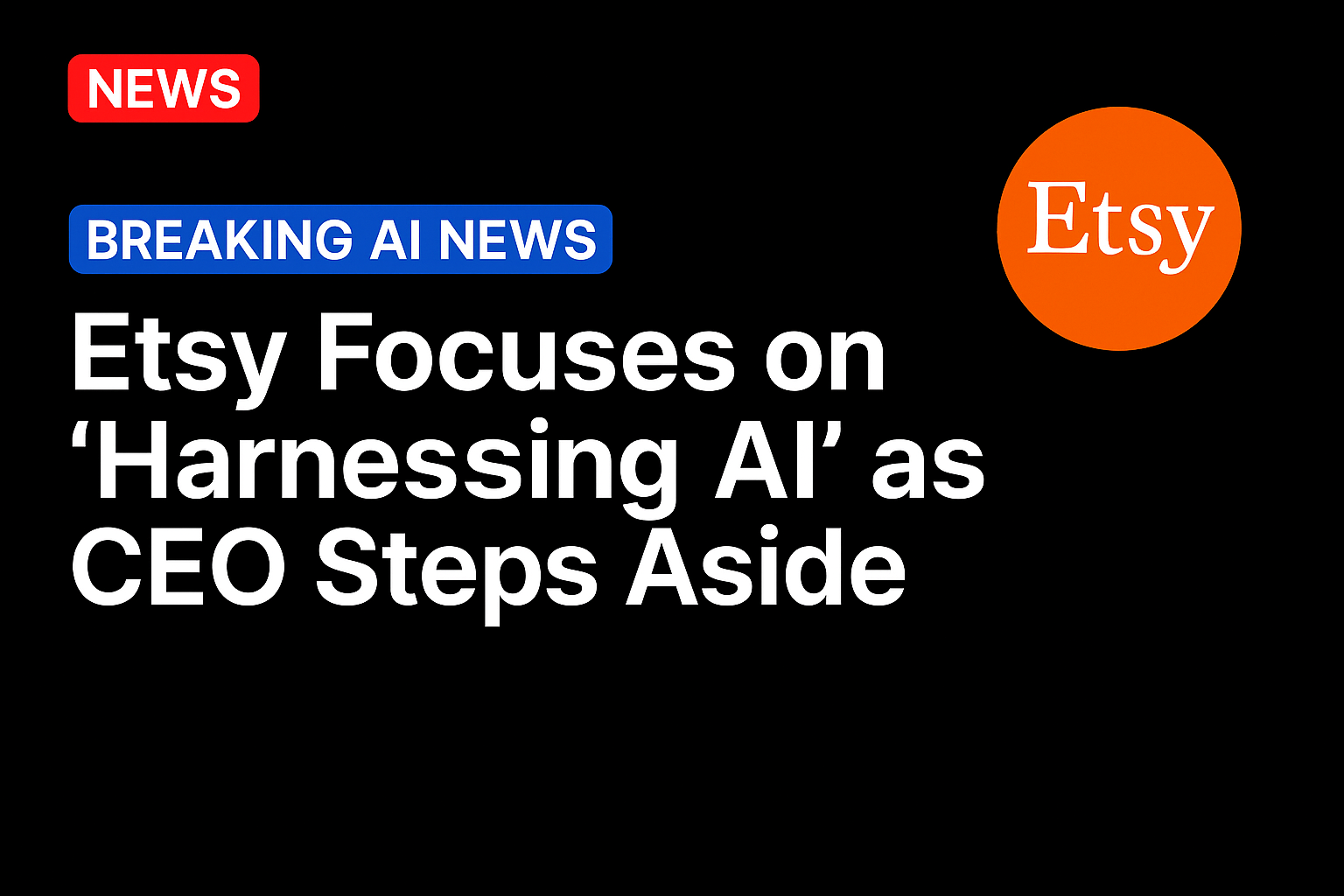The collaboration, announced Tuesday (Oct. 7), is designed to encourage development of enterprise-ready AI by infusing Anthropic’s Claude large language model (LLMs) into IBM’s software portfolio.
The goal is “to deliver measurable productivity gains, while building security, governance, and cost controls directly into the lifecycle of software development,” IBM said in a news release.
“Enterprises are looking for AI they can actually trust with their code, their data, and their day-to-day operations,” said Mike Krieger, Anthropic’s chief product officer.
“Claude has become the go-to AI for developers at the world’s largest companies because of our focus on safety and reliability. This partnership with IBM lets us bring that same level of dedication to even more enterprise teams while building the open standards that will make AI agents genuinely useful in business environments.”
With this partnership, Claude will be integrated into select IBM software products, including IBM’s new AI-first integrated development environment (IDE), designed “with advanced task generation capabilities for enterprise software development lifecycles (SDLC), including software modernization,” the release added.
The IDE is available in private preview to select IBM clients. In early testing, more than 6,000 early adopters reported productivity gains averaging 45%, the company said.
“As organizations move from AI experimentation to production deployment, they need solutions that integrate seamlessly with existing enterprise infrastructure and meet strict IT requirements,” the release added. “IBM brings proven capabilities in enterprise software delivery, hybrid cloud architecture, and regulated industry expertise to ensure AI tools work within the complex realities of global business operations.”
Research by PYMNTS Intelligence has shown widespread use of AI by enterprises, with 82% of CFOs saying they employ the technology.
As covered here in July, AI offers tangible benefits like lowering costs, preventing payment errors, and optimizing working capital. It also boosts functions such as payment scheduling, predictive cashflow analytics, procurement cost control, and risk management.
“However, integrating AI into existing financial systems poses challenges,” that report added. “CFOs frequently report compatibility issues, high implementation costs, and a lack of customization. Complex business operations and varied regional regulations also hinder seamless AI integration for spending optimization.”
Source: https://www.pymnts.com/





